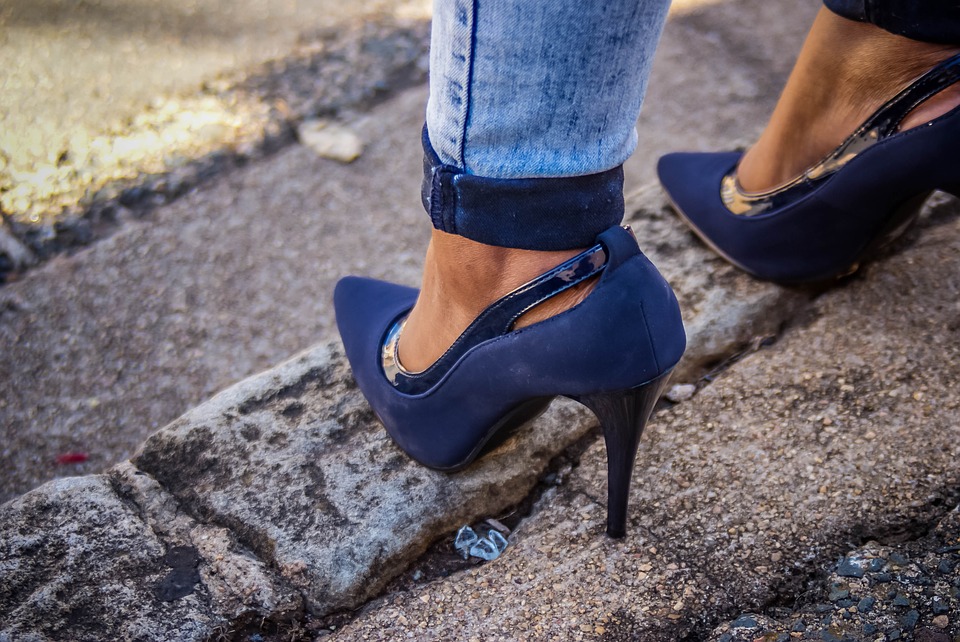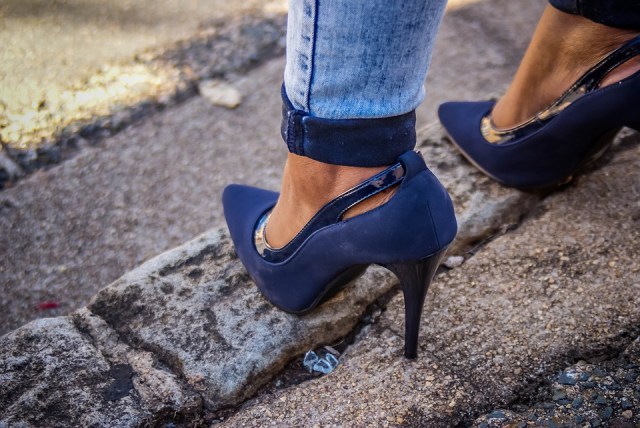
How often do we start our sentences with “Sorry, I …”
Or, maybe you aren’t starting your sentences with “Sorry…” but you are feeling bad or guilty for saying no or disagreeing with something.
Apologizing for our opinions and our priorities is not necessary, and it opens us up to guilt and judgment.
11 Things You Can Stop Apologizing For:
1. Not wanting to do something.
Sometimes we are asked to do something that we don’t want to do. For whatever reason. That’s okay. Instead of saying, “Sorry, I can’t do that [insert explanation here.]” We can simply say, “thanks, but I can’t.”
2. Not being able to do something.
Maybe you wanted to do something, but then you got sick or something came up. You don’t have to apologize for that either. You are allowed to live.
3. Not wanting to pay for something.
We are allowed to prioritize our money in a way that is best for us and our family. No need to say sorry for that.
4. Not being able to pay for something.
You don’t have to apologize or explain why you can’t afford something.
5. Having an opinion that’s differing from someone.
Do you feel bad when you disagree with someone? Don’t. It’s not a big deal! Have an opinion.
6. Not responding to someone’s text/message/email right away.
Oh, this is a good one. We actually aren’t required to respond to every message that we get within .02 milliseconds. In fact, I’ve started blocking my time to answer messages and emails. I will respond to urgent ones right away, but most messages can wait.
7. “Bothering” someone by asking for help.
Asking for help is good. Most of the time, people want to help. So, if you need help, ask. And, don’t feel like you are bothering the person or like you need to repay them in some way.
8. Your kids.
Let’s not apologize for our kids. Unless they are really young, they ought to be apologizing for themselves if they made a mistake. Not only does it teach them responsibility, it is a relief when you apologize for doing something wrong. So, let them benefit from that.
9. Your kids, again…
If they aren’t really doing anything wrong, they are just being kids, then let them just be normal freaking kids. Making a little noise in the grocery store isn’t a big deal. No need to look around and apologize to everyone in the aisle.
10. Not liking something.
So, maybe you try a new food and you don’t really like it. That’s okay. You are allowed to have opinions and likes and dislikes.
11. For being YOU.
The most important one on this list. Let’s stop apologizing for being ourselves and for our story.
The closer I get to being me, all the time – not just behind closed doors – the more people like me. The more that I strip layers down, be raw, and unapologetic (while still respectful, of course – there’s a difference) the more successful that I am and the happier that I am.
Some people don’t like me. It stings sometimes. But, in order to attract the right people, you need to repel the wrong ones.
Even if people don’t like you, they can tell that you are being YOU. As much as we think we are fooling people when we leave our house and look like we actually have our stuff together, people see through that. So, even if they don’t necessarily like you, or agree with you, the fact that you are confident enough to be YOU is attractive.
Stop f**king apologizing.
You are entitled to have an opinion. To disagree, to like some things and not others, to prioritize your time, and to not be glued to your phone.
Remeber, apologizing opens you up for guilt and shame.
You can reinvent yourself every, single day if you want. Be a Pheonix. And, don’t be sorry about that.
So, what did I miss?
And, after reading this list, what are you going to stop apologizing for?
_____________
Want to share your stories? Sign up to become a Spoke contributor!











